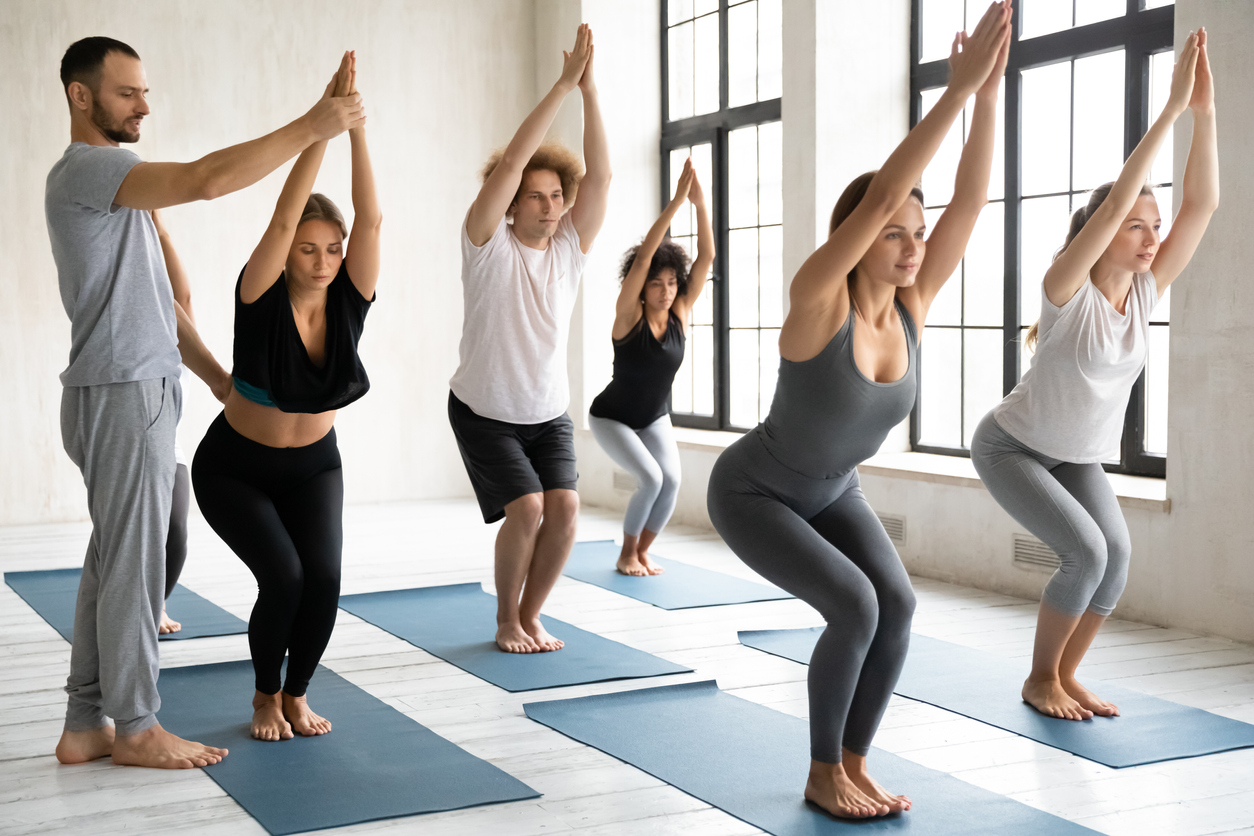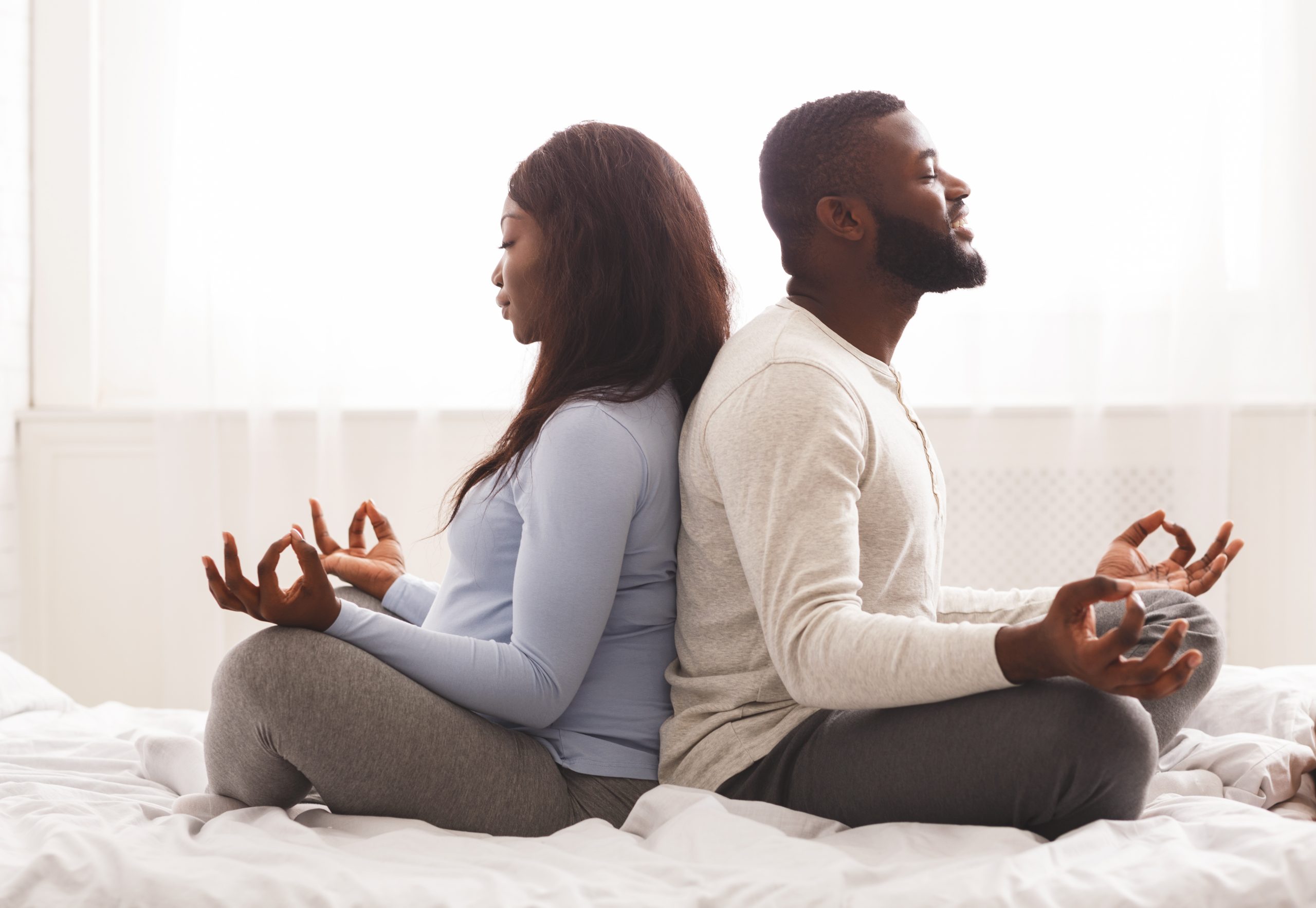In the midst of chaos and stress, whether it’s from daily life or a big event such a childbirth, most of us experience anxiousness, if not all out panic. Our nervous systems get wound up, and we may feel helpless against these uncomfortable feelings. But, there IS help. Certain practices can be effective in helping us better deal with this struggle, whether it’s birth or any situation when the pressure is on. So what can do?
BREATHE!
You see, our breath acts as our thermometer in that it tells us the “temperature” of our nervous system. Shallow, uneven, and generally unsatisfying breaths usually indicate a flighting or fighting, or “hot”, nervous system; whereas softer, steadier, more satisfying breaths usually indicate an unarmed, “cool” nervous system. Makes sense, right?
But the really cool part is that our breath also acts as a *thermostat*. This means that we can use our breath to not just read the temperature of our nervous system, but also control it, just like the thermostat on your wall controls your AC. When the nervous system is “hot”, we can “cool” down by breathing intentionally—slowing the breath, making it softer, and relaxing the muscles in the face, throat, and torso that facilitate breathing.
And we know this instinctively, right? You’ve never told a panicking friend to breathe faster. Instead, you’ve likely encouraged them to relax by taking deep, slow breaths. This isn’t rocket science, nor it is some mysterious wizardry. Using our breath to both gauge and affect our fight or flight response is not just instinct, but basic common sense.
However, instinct or not, it does take practice to make the breath work as well as we need it to, especially for birth. As with anything, practice makes progress, and, thankfully, we’ve got a really effective method for honing this skill. It’s simple. It works. And it can take even the most anxious of us from fighting and fleeing to resting and relaxing in a matter of minutes, even during birth.
Ready to know what is is??
YOGA!
Big surprise, right? But, there’s more to it than just making shapes with our body. We want you to experiment by following the instructions below. Then, practice this everyday, or as often as you can. With time, it gets easier and more effective.

Try this:
See that picture above of a yoga class performing chair pose? Try it. Hold it for 1 minute, or as long as you can.
We’ll wait…
So, how did it go? How was your breath? If you’re like most, you did one of several things:
- Held your breath or tensed up. Obviously not ideal. If we restrict oxygen intake or hold a lot tension through our body, our nervous system is going to assume something is very wrong!
- Huffed in air as the going got tough. That’s an inhale dominate breath, and also puts the nervous system on high alert.
- Ignored your breath entirely. Again, probably not a good sign that you were breathing to your fullest benefit.
Now, try your one minute chair pose again, but this time take slow, rhythmic, gentle breaths. Inhale through the nose, softly and slowly, with a relaxed face, throat, shoulders, and belly. Try not to suck air in quickly. Exhale slowly through the mouth with a soft jaw, throat, eyes and shoulders. Avoid pursing your lips. Staying relaxed in these keys areas and breathing slowly tells the nervous system you’re safe and there’s no need to panic. The harder the pose gets, the more important it is to breathe smoothly and softly.
Go ahead and try.
Did you feel the difference? The posture still sucks to hold, don’t get us wrong. Our breath can’t eliminate discomfort entirely, from a yoga posture, life, or birth. But it can make it feel more manageable. Breathing in an intentional, regulated manner is like lullaby for the nervous system, keeping it calm, cool, and collected.
And why does staying calm during birth matter? It comes down to how our bodies respond to panic. We tend to tense up and clamp down when stressed. We’ve all been driving through horrible traffic and at some point noticed that we have a death grip on the steering wheel, right? Well, there’s a similar action that happens in the pelvic floor during stress. We “clamp-down” making it harder for our muscles to relax and give way for baby.
Many women also note that relaxing during contractions can make them feel less overwhelming, physically, mentally, and emotionally. And of course, as we demonstrated with our first try at chair pose, we often hold our breath, breathe poorly, or forget about breathing all together when we feel stress. Not only does our breath affects our fight/flight/freeze response, but obviously its primary function is to deliver oxygen to mom and baby. The better you breathe, the better you’ll feel and more oxygen rich blood baby will receive. We could go on and on about the importance of staying calm breathing well, but we think not death-gripping your pelvic floor, having more manageable contractions, and getting lots of oxygen are pretty great reasons on their own.
Why chair pose? It doesn’t have to be chair! It could be a squat, triangle pose, whatever. Some childbirth educators even teach a similar technique using an ice cube on the hand. Regardless of what you choose, it needs to be something that challenges you. We need to simulate a very really kind of stress. If we only practice regulating our breath when it’s easy, then we’ll only get good at doing it when it’s easy. We have to practice when it’s hard, too.
This is truly a time-tested technique, and we are confident it can help you in birth and in life. In fact, breath regulation is one of our biggest goals in our weekly classes. Join us in class as soon as possible to practice this critical skill, and practice at home as often as you can. The single biggest piece of feedback we get from former clients is that breathing practice in class made all the difference for them during labor. We know this works, and we believe it can help you, too.
